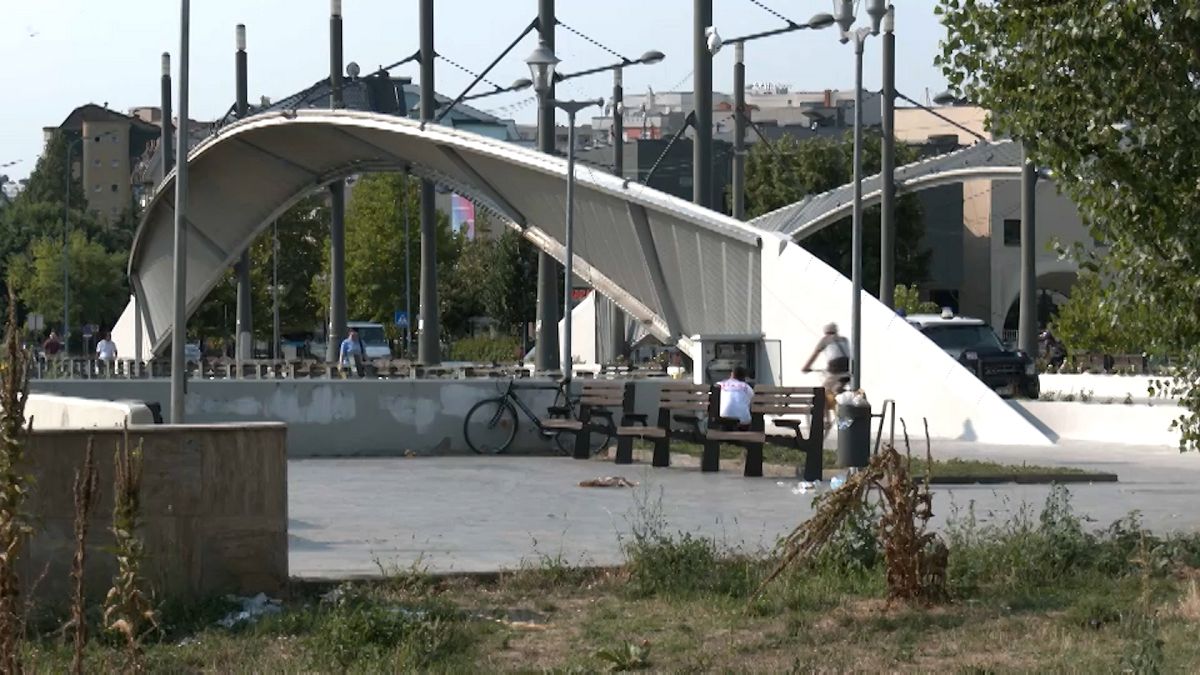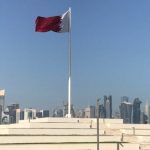The controversy surrounding the plans to open a bridge in Mitrovica, Kosovo for vehicle access has sparked tensions between the city’s Serbian and Albanian communities. Initially, Kosovan Prime Minister Albin Kurti announced his intent to open the main bridge over the Ibar River for vehicular traffic in August. However, after facing backlash from the Serbian community and meeting with CIA director William Burns, Kurti has since decided against authorizing vehicle access to the bridge. The bridge serves as a symbolic divide between the northern Serbian minority and the southern Albanian majority in Mitrovica.
The decision to open the bridge for vehicles was met with widespread concern by various parties, including the Serbian community, the government in Belgrade, the EU, and NATO. There were fears that allowing vehicles to cross the bridge would escalate ethnic tensions and compromise the safety of ethnic Serbs in the region. Following the announcement of the plans, protests erupted at the bridge, which has been closed to non-pedestrian vehicles since 2011 when barricades were put up by ethnic Serbs. The Serbian authorities condemned the proposal, accusing Kosovo of attempting to provoke conflict.
The bridge over the Ibar River plays a significant role in the ongoing disputes between Serbia and Kosovo, as it symbolizes the division between the two communities in Mitrovica. The EU-mediated talks between the two countries in 2015 also touched upon the issue of the bridge, reflecting its importance in the larger context of the political and ethnic tensions in the region. The decision by Prime Minister Kurti to halt plans for vehicle access highlights the delicate balance that must be maintained to prevent further escalation of hostilities.
Kurti’s meeting with CIA director William Burns in late August played a crucial role in informing his decision regarding the bridge. The Prime Minister cited the importance of maintenance works and ensuring the physical stability of the bridge as key reasons for reconsidering the plans for vehicle access. By taking into account the concerns of the Serbian community and international stakeholders, Kurti demonstrated a willingness to prioritize peace and stability in Mitrovica over potentially provocative actions.
The unrest surrounding the bridge in Mitrovica underscores the deep-rooted ethnic tensions that continue to challenge the stability of Kosovo and Serbia. The symbolic significance of the bridge as a dividing line between Serbian and Albanian communities adds an additional layer of complexity to the situation. Moving forward, it will be essential for local and international actors to engage in dialogue and address the underlying issues that contribute to the ongoing conflicts in the region. The decision to maintain pedestrian-only access to the bridge represents a step towards de-escalation and a commitment to peaceful coexistence in Mitrovica.
Despite the initial controversy and protests, the decision to keep the bridge in Mitrovica closed to vehicle traffic signifies a cautious approach to addressing the complex dynamics at play in the region. By refraining from taking actions that could exacerbate tensions between ethnic groups, Prime Minister Kurti is sending a message of reconciliation and peace. As Mitrovica continues to navigate its divided past and strive for a more harmonious future, the fate of the bridge over the Ibar River remains a symbolic representation of the challenges and opportunities for progress in Kosovo and Serbia.











